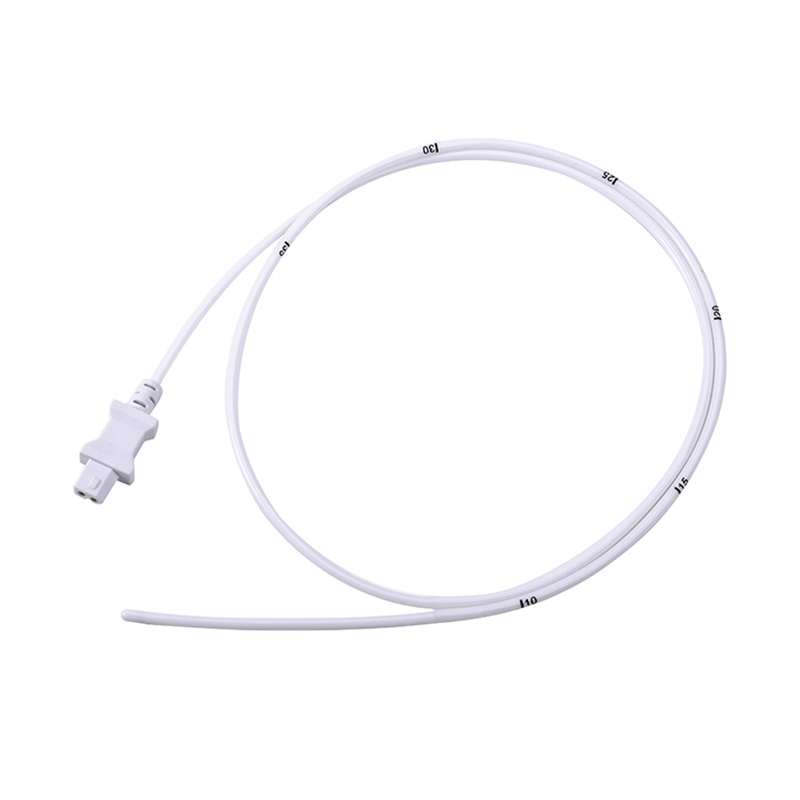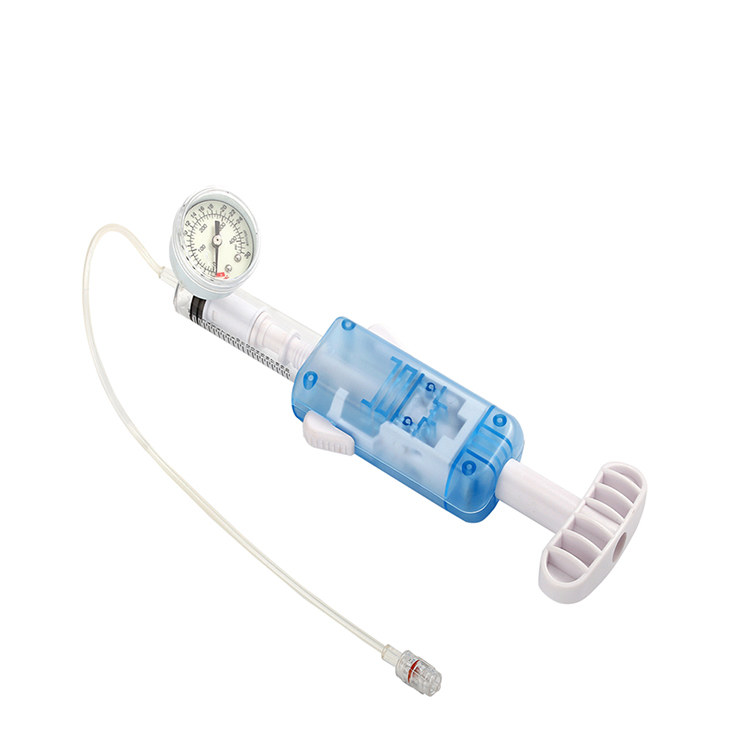Arterial pressure transducer Mindray for Interventional
PRODUCT INTRODUCTION
With the development of the medical equipment market, higher requirements are put forward for the use of medical IBP transducers in the medical industry, such as accuracy, reliability, stability, and volume, which need to be improved. The definition of what a IBP transducer is indicates its better use in minimally invasive catheter ablation and blood pressure measurement.



Advantages
● Help minimally invasive surgery to reduce patient pain.
Minimally invasive surgery can not only increase the trauma of the surgical site, but also greatly increase the patient's pain recovery process is also fast. Such requirements can be reached in addition to the surgeon's surgical experience, and with a variety of medical monitoring equipment. Many of the medical instruments used today are huge, like tubes and melting devices of various kinds. Medical pressure transducers include thermal concentration catheter, urethral catheter, esophageal catheter, central venous catheter and intracranial pressure vessel, etc.
● The product is small in size, accurate and easy to use.
The ability of medical pressure transducer to be placed close to the patient is critical for many applications, such as accurate measurement of dialysate and venous pressure in dialysis applications. Medical IBP transducers can accurately monitor the pressure of dialysate and blood to ensure that it is maintained within the set range. This type of application requires that the sensor must be compact and tolerant to liquid media, and sensors that are incompatible with liquid media in many cases require rated device components to maintain the bulk, cost, and complexity of adding products.
● The function must be reliable and high pressure resistance.
In the automatic control of the weighing process, it is required that the IBP transducer can not only sense the gravity signal, but also its function must be reliable, the static response is better, and the anti-interference performance is better; the signal provided by the pressure sensor can be directly displayed, recorded, printed and stored after the detection system. Or for reaction conditioning control.















